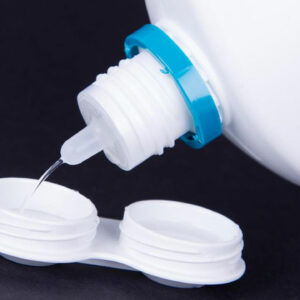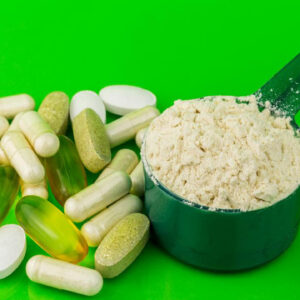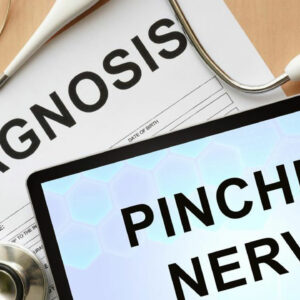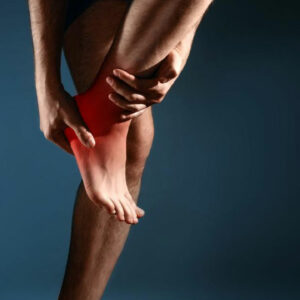
01
Know about the Best Skin Care Products for Healthy Skin
Everyone wants to look their best. Being appreciated for your looks and beauty is something everyone enjoys. Beautiful, healthy skin is something that you’re often born with. But that said, with the right care you can alter your skin’s texture, look, and attractiveness. A skin care regime is of the utmost importance to improve and maintain your skin’s health. Skin is the largest organ of the body. It’s vital to take good care of your skin to ensure it stays healthy and timeless. Taking care of your skin- The skin being the outermost protective layer of tissue of the body is of great importance to the well being of the human body. It serves the following functions: It helps regulate your body temperature It protects your body from external elements and microbes It acts as a waterproof barrier for your internal tissues It provides a natural complexion to the person It is generally your skin that faces the brunt of harsh environmental elements like heat, cold, pollutants, and dirt. If you neglect proper skin care or other factors that are harmful, your skin can face several problems. Some commonly faced skin problems include: Rashes Disease Skin peeling or eczema Boils Pigmentation Acne or breakouts Blemishes Chronic skin problems To avoid this, it’s essential that you keep your skin clean and get rid of the of dirt and other pollutants you’re exposed to daily. Know the 3-step care for a good skincare regime- Taking care of your skin involves keeping it clean and maintaining its balance. Skin care experts stress that a basic 3-step skincare regime, that you should follow every day, can ensure supple, healthy skin for longer. The 3 essential steps are: Cleansing This mainly involves washing and cleaning the skin with a cleanser that rids the skin of pollutants, dirt, and makeup.
Read More 










